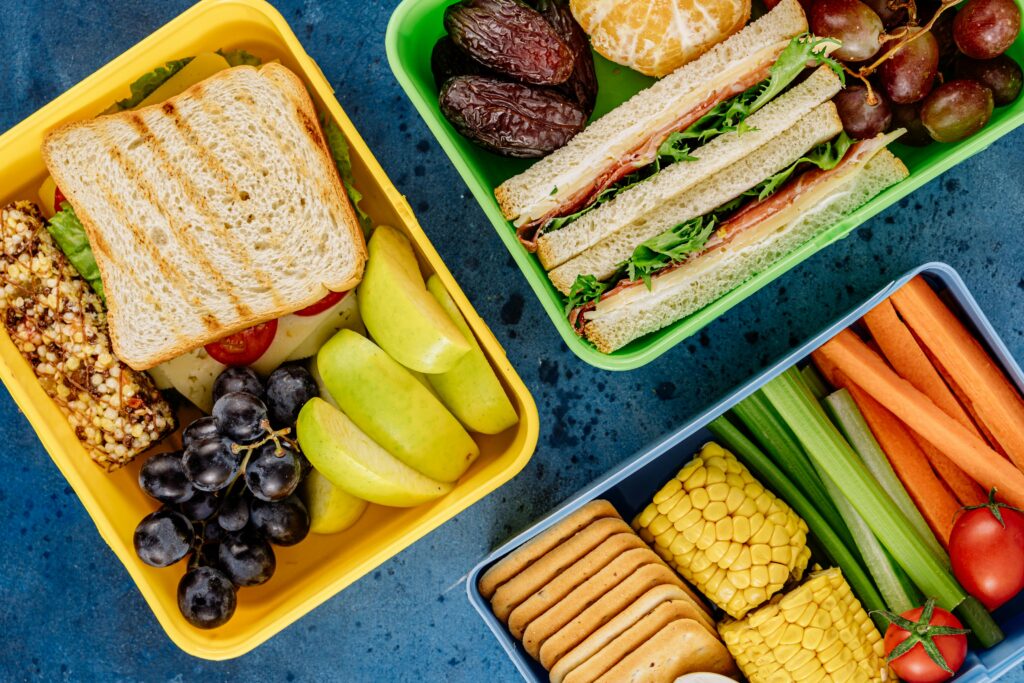- Sensory sensitivities: Some children are more sensitive to textures, tastes, and smells than others. Strong flavors, unusual textures, or even the appearance of a dish can be off-putting.
- Fear of the new: Children are naturally cautious about trying unfamiliar foods. Repeated exposure is key to overcoming this.
- Control and power struggles: Mealtimes can become battlegrounds, with picky eating as a way for children to assert their independence.
- Developmental stage: Picky eating is common in toddlers and preschoolers, often easing as they grow older.
- Link to other relevant blog posts about child nutrition or healthy eating habits.
- Link to recipe pages for specific dishes mentioned above.
- “Vegetarian Meals for Picky Eaters: Expert tips, delicious recipes, and strategies to make veggie-packed meals appealing to even the fussiest eaters.”
- “Conquer picky eating with our guide to delicious vegetarian meals for kids. Easy recipes and practical tips for happy mealtimes!”
Vegetarian Meals for Picky Eaters: Winning Strategies for Happy Mealtimes
Are you struggling to create delicious and nutritious vegetarian meals that your picky eaters will actually enjoy? Many parents and caregivers face this challenge, especially when transitioning to a vegetarian diet or accommodating children with limited palates. The key is to understand why kids are picky and then employ creative strategies to make veggie-packed meals appealing.
This comprehensive guide provides practical tips, delicious recipes, and expert advice to help you navigate mealtimes with ease and ensure your picky eaters get the nutrients they need.
Understanding Picky Eating in Children
Before diving into recipes, let’s address the root causes of picky eating. It’s not always about stubbornness; often, it’s a combination of factors:
Understanding these reasons can help you approach mealtimes with more empathy and patience. Remember, it’s a process, and progress, not perfection, is the goal.
Fun and Flavorful Vegetarian Recipes for Picky Eaters
The secret to success lies in making vegetarian food appealing. Think vibrant colors, familiar shapes, and fun presentations. Here are some ideas:
1. Mini Veggie Pizzas
Use whole-wheat pita bread or English muffins as the base. Let your child choose their favorite toppings: shredded cheese, sliced mushrooms, bell peppers, onions (finely chopped!), and even a sprinkle of herbs.
2. Mac and Cheese with Hidden Veggies
Puree sweet potatoes or carrots into the cheese sauce for a boost of nutrients and vibrant color without altering the taste significantly. You can also sneak in finely grated zucchini.
3. Quesadillas with Black Beans and Cheese
Black beans are a fantastic source of protein and fiber. Mash them slightly before adding them to the quesadilla filling for a smoother texture. Add some shredded cheese and your child’s favorite veggies, like corn or bell peppers.
4. Pasta with Pesto and Hidden Vegetables
Blend spinach or broccoli into your homemade pesto for a nutritious and flavorful twist. The vibrant green color might even entice your picky eaters!
5. Veggie-Packed Fritters or Pancakes
Grate zucchini, carrots, or sweet potatoes into your pancake or fritter batter. The vegetables add moisture and sweetness without changing the overall taste much. Serve with a side of fruit or yogurt.
Tips and Tricks for Success
Beyond specific recipes, here are some strategies to make mealtimes more enjoyable:
1. Involve your children in the cooking process: Letting them help with age-appropriate tasks, like washing vegetables or stirring ingredients, can make them more interested in eating the final product.
2. Offer a variety of healthy choices: Don’t force your child to eat everything on their plate. Offer a selection of foods and let them choose what they want to try.
3. Be patient and persistent: It might take multiple attempts for your child to accept a new food. Keep offering it in different ways and don’t give up.
4. Make it fun: Use cookie cutters to create fun shapes from vegetables, or arrange food in creative patterns on the plate.
5. Create a positive and relaxed mealtime atmosphere: Avoid power struggles and pressure. Make mealtimes enjoyable and social.
6. Lead by example: Children often model their parents’ eating habits. If you eat a variety of vegetables, they’re more likely to try them too.
7. Don’t give up! It’s a marathon, not a sprint. Keep offering healthy options and celebrate small victories.
Conclusion: Happy Vegetarian Mealtimes are Possible!
Creating delicious and nutritious vegetarian meals for picky eaters requires patience, creativity, and a willingness to experiment. By understanding the reasons behind picky eating and using the tips and recipes in this guide, you can make mealtimes a positive and enjoyable experience for everyone. Remember to celebrate small victories and focus on progress, not perfection. Start implementing these strategies today and watch your picky eaters transform into adventurous foodies! What are your favorite strategies for getting picky eaters to try new foods? Share your tips in the comments below!
Internal Linking Suggestions:
Meta Description Ideas:

